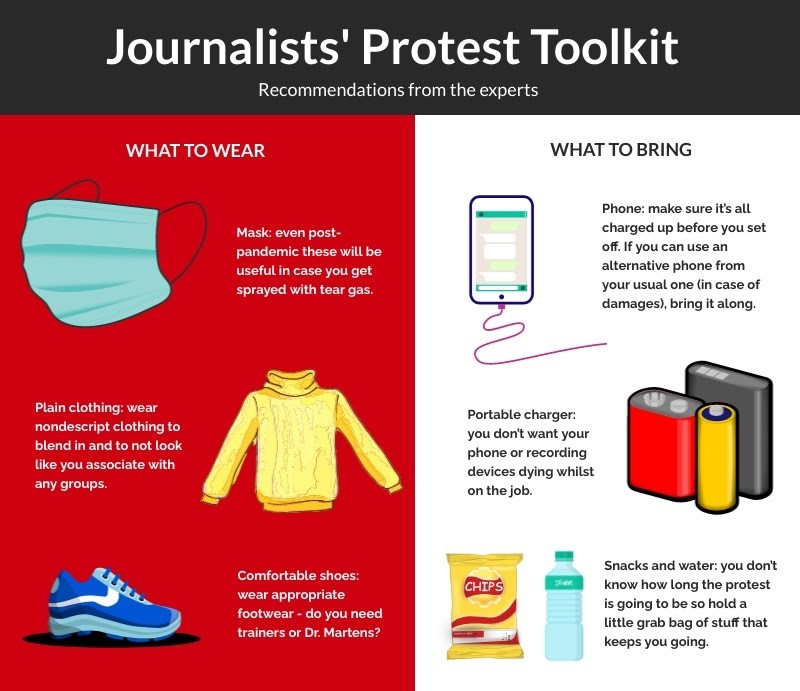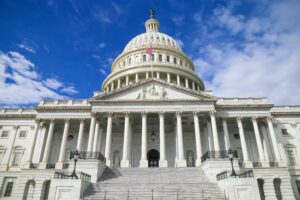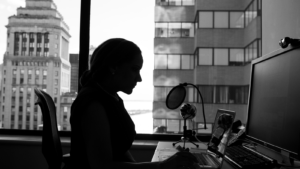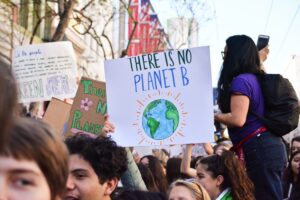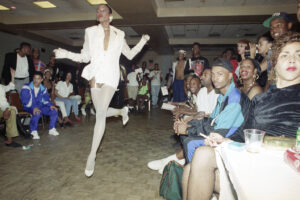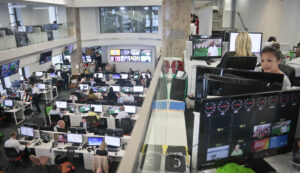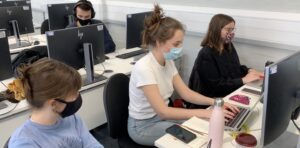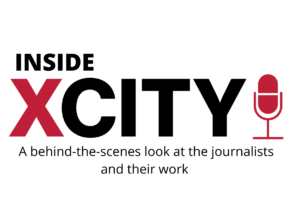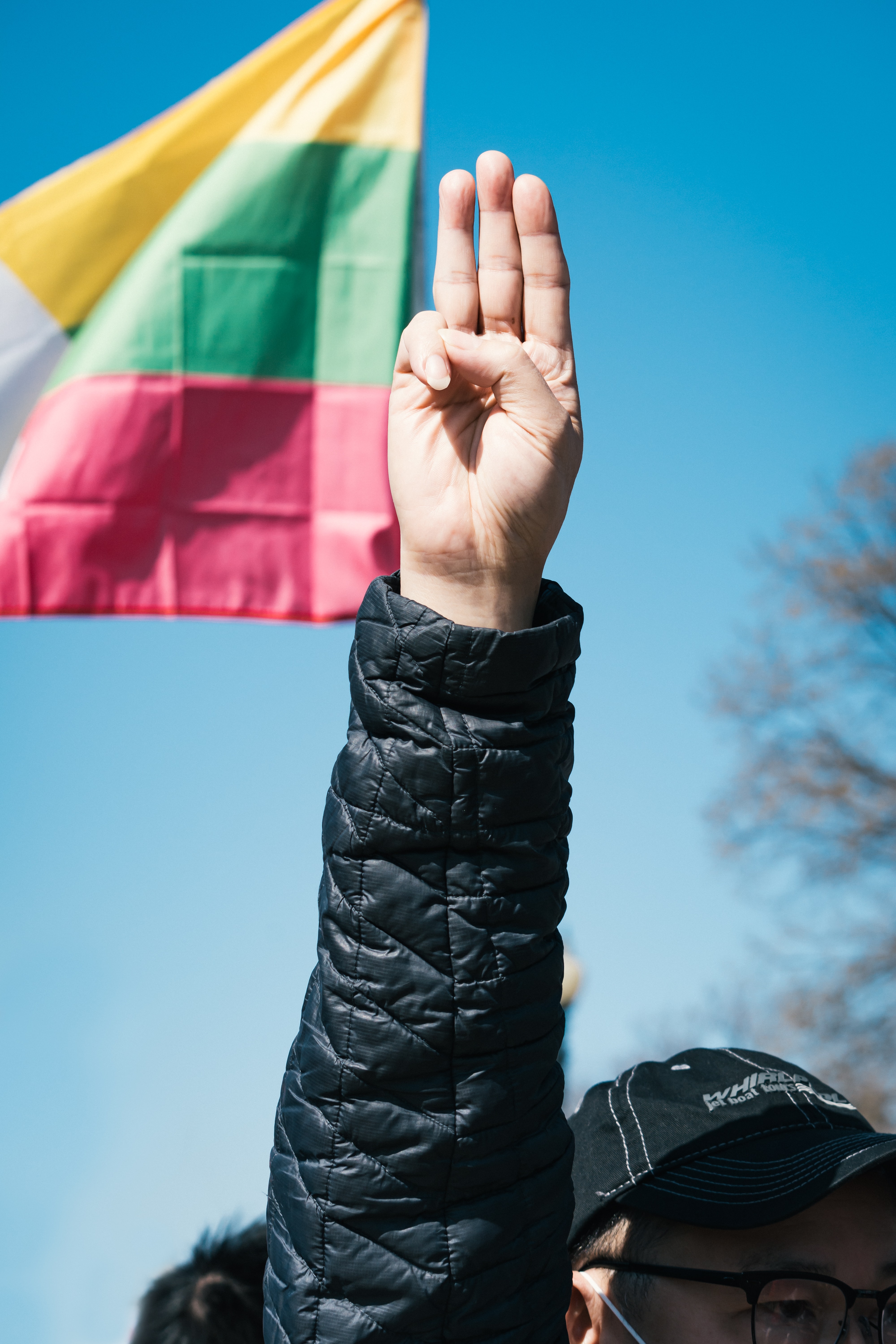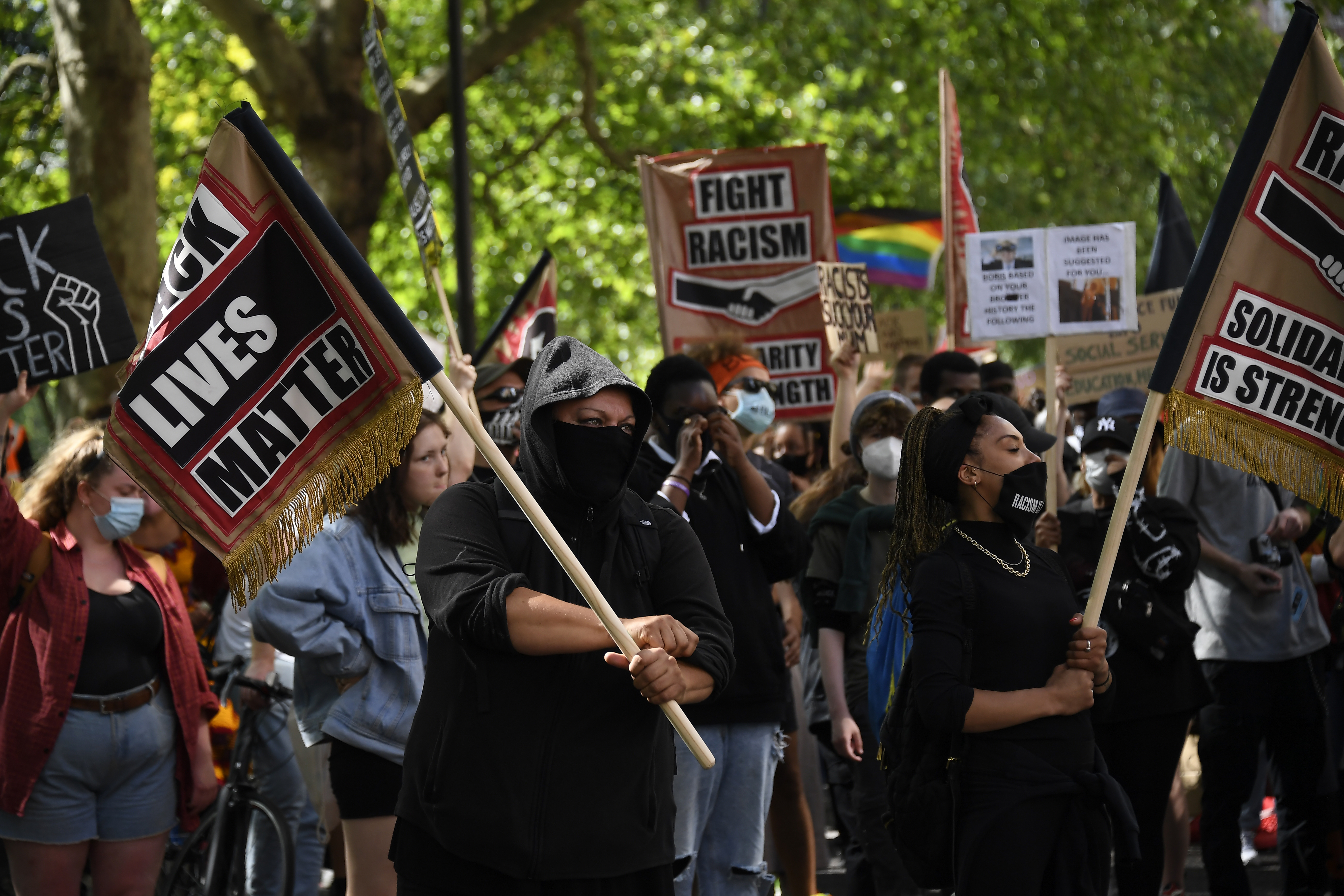
Image: AP Photo/Alberto Pezzali
Aisha Rimi speaks to four journalists who covered major protests in 2020 about what every reporter needs in their protest toolkit.
From the ITN news team’s coverage of the Capitol Hill riots, to the ongoing Belarusian political demonstrations, journalists have captured some of the most poignant protests over the past year. However, reporting from the heart of such high tension situations comes with plenty of risks. During last summer’s Black Lives Matter protests in the USA, journalists were attacked by both police and activists, which led to 279 claims of assault to the US Press Freedom Tracker in the space of one week, in comparison to the 100-150 it received in a year for the last three years.
Violence, arrests and harassment against journalists covering protests has increased over the past five years and journalists have to take the necessary precautions to cover these events responsibly, safely and effectively. XCityPlus asked four journalists who covered some of the major protests of 2020 for their advice on what every journalist needs in their protest toolkit.
Headed out, masked up to document this surreal protest-within-a-pandemic period in downtown DC Saturday. The frustration is palpable, as is the anger (as is the pepper spray) though so was the camaraderie & the desire among protesters to really be there for each other. A thread. pic.twitter.com/Elv9fdeHne
— Malika Bilal (@mmbilal) May 31, 2020
Malika Bilal, host of Al Jazeera’s The Take podcast
Malika Bilal was formerly the co-host and digital producer of The Stream, a news programme on Al Jazeera English. Bilal covered the Washington D.C. Black Lives Matter protest on 6 June 2020 and the Egyptian revolution in 2011.
Advice:
“When reporting from a protest, you’ve got to be hyper-focused and aware. Always check your surroundings as you don’t want to be in the middle of something when it goes off, whether that’s the middle of protestors or the police. You want to be on the outskirts, because that’s the best way to tell the story. It’s also easier to run to the other side, or home if need be. Even if you’re in the middle of an interview, you want to be aware of your surroundings. Apologise to your interviewee about looking around, but let them know you’re trying to make sure that their safety is taken care of.”
Hannah Ajala, freelance journalist
Hannah Ajala is a freelance journalist, currently based in Lagos, Nigeria. She previously worked at the BBC as a broadcast journalist. Ajala reported from London’s End SARS protests in October 2020.
Advice:
“For first-time protest reporters, make sure you’ve assessed all the risks. Look at an example of a risk assessment online because this is what you have to do on the job. You’re not just representing yourself, but also the organisation you’re working for, so if something happens to you it’s also on the organisation.
“Obviously during the pandemic you’ve got to be extra careful, so ensure that you’re keeping a safe distance whilst carrying out your job. It’s likely that you’ll be mostly recording instead of taking notes as it’s such a fast-paced environment, so have a good list of questions ready. You don’t need too many, 10 should be enough as you can ask different people the same questions since you won’t always get the exact same answers.”
This was just 10 minutes in to the peaceful #EndSARS protests here in London outside of the Nigerian embassy today.
A thread: pic.twitter.com/mK3bVwrzUS
— Hannah Ajala🌍 (@hannah_ajala) October 11, 2020
Lape Olarinoye, freelance reporter for Sky News and Arise News
Lape Olarinoye is a freelance reporter for Sky News and Arise News. She previously worked for Arise News in Lagos, Nigeria as a news anchor and correspondent. Banjo covered the End SARS protests in London for Sky News in October 2020.
Advice:
“If you can afford it, definitely get hostile environment training. It takes about two to three days and trains you on how to behave in those kinds of circumstances. Wear something comfortable and take into account the weather. A lot of the time, people could be running or stampeding over each other, or they can get violent, so wear something that blends in with the crowd. You don’t want to get singled out as a media organisation or make yourself a target.
“Make people feel comfortable talking to you so that they can express their emotions and concerns on camera. Not only does that make really good television, but it also means that they feel comfortable sharing their frustration with you. Also, protect yourself. Don’t get too involved in the ruckus if there is one. Make sure you’re getting good soundbites and speaking to the right people, but always be ready to move if you have to. Protests are really dynamic because one can be really peaceful, the next could be quite violent, so I think going there and expecting the unexpected is the best way to guard yourself so you don’t end up shocked.”
Daniel Henry, BBC journalist and documentary maker
Daniel Henry is a BBC journalist who presented the BBC Three film, Fighting the Power: Britain after George Floyd, a documentary that explored the UK’s response to the murder of Floyd and the country’s own relationship with race. He completed an MA in TV and Current Affairs Journalism at City in 2010.
Advice:
“Firstly, book security from your employer and make sure they provide you with an exit plan. They’re not there to stop you from having a good time, they’re there to help you tell the story and save your life. You need to know where you’re going and what kind of protest you’re going to. Anticipate the situation you’re entering and dress accordingly. Report what you see as patiently and passionately as you can, and don’t hold back. Remember, you’re the witness.”

